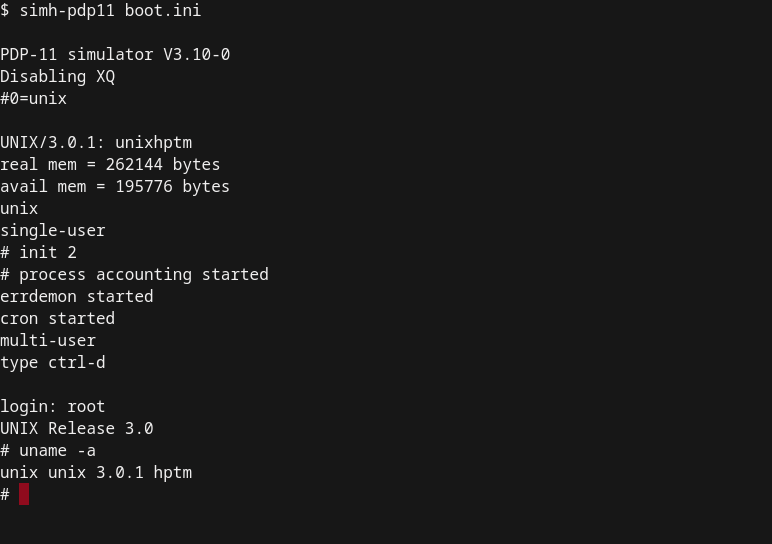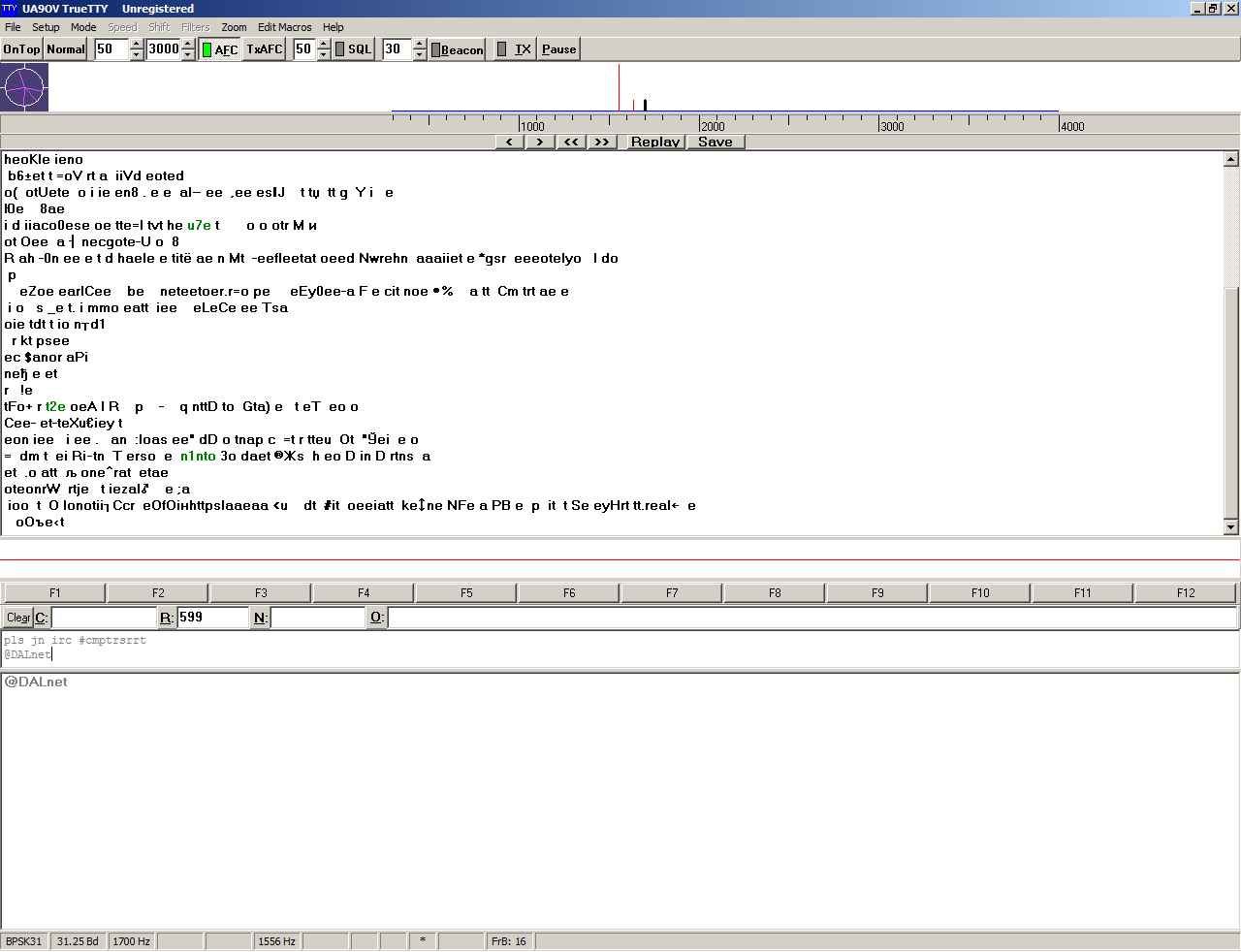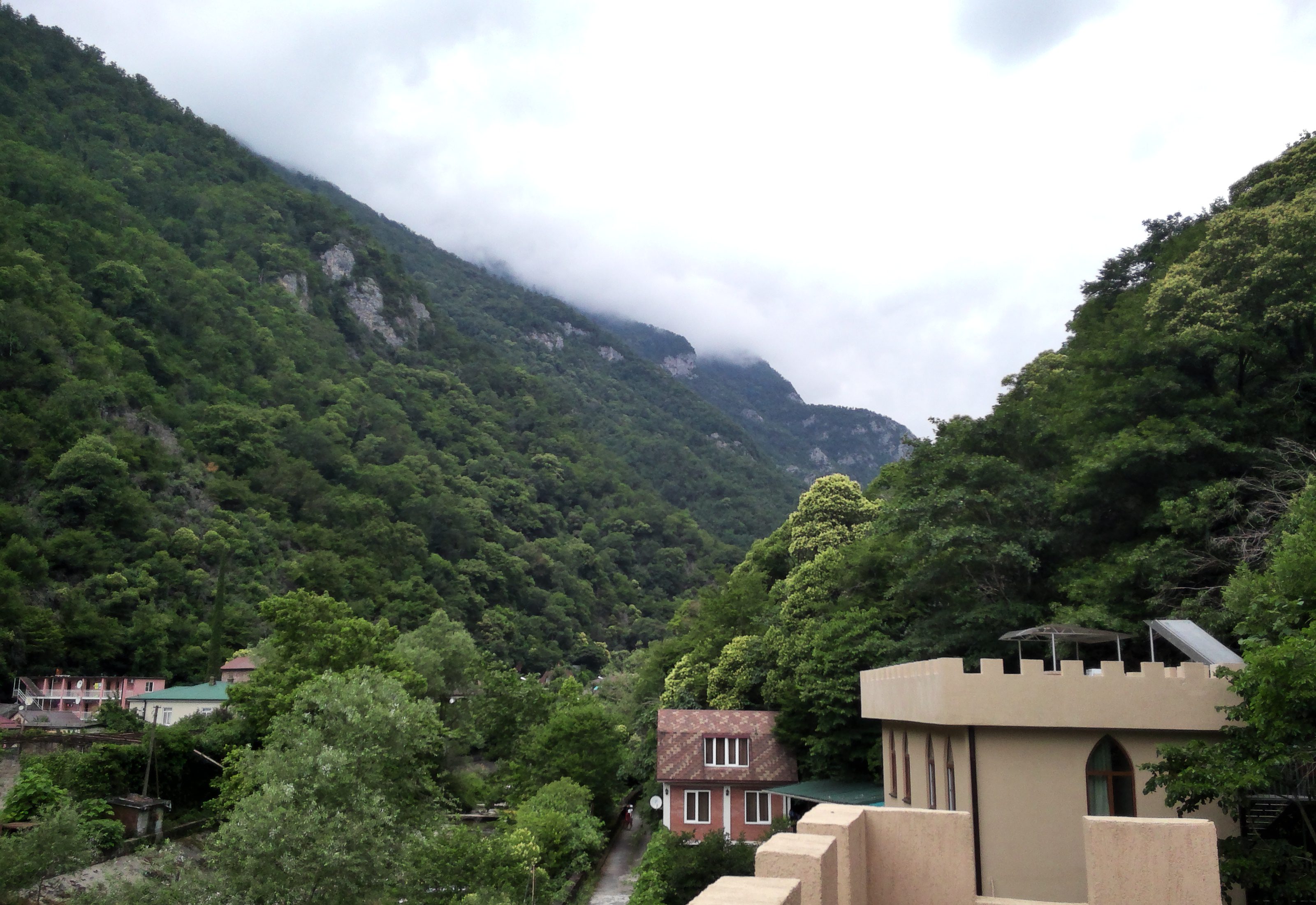Working with virtual images Compositor NRTOS consists of dumps from other devices. That is, these are all devices that are within the scope of the RAD96 microkernel. When other devices try to penetrate a device that patched with RAD96 microkernel, the cache of the penetrating device is dumped to the Compositor Software cloud server. Thus, Compositor NRTOS commits occur. There…



